Pearls Sorted by Shape
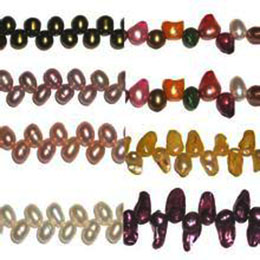
Guide to Pearl Shapes in Cultured Freshwater Pearls
Pearls are formed naturally when a grain of sand or any kind of small intruder becomes lodged in the mantle tissue of a mollusk. After some time, there is a build up of Nacre, the secretions that the mollusk produces around the foreign object. This Nacre hardens in the layers formed to create what we know as pearls. Almost all pearls are 100% comprised of the combination of Aragonite and Calcite, the organic chemical compound formed in the Nacre.
The way that we currently culture pearls was first patented in Japan at the turn of the 20th century by William Saville-Kent, a British Biologist. His process involved taking a small, polished sphere of mussel shell and inserting it into the Gonad (the reproductive part of the mollusk) along with tissue from a donor mollusk to induce the natural process of pearl creation. Since the Nacre of the pearl forms in solidifying layers as it develops, the shape of the small bead inserted as the nucleus of the pearl can determine the variety of shapes of pearls we see today.
Baroque Pearls: Asymmetrical and free formed shaped pearl Biwa Pearl: A long, thin, asymmetrical pearl. Can be found drilled through the long or short side. Also referred to as “stick” pearls.
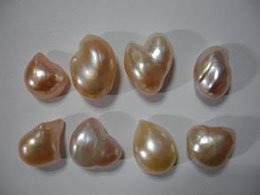
Button Pearls: A round pearl that is flattened on one side.
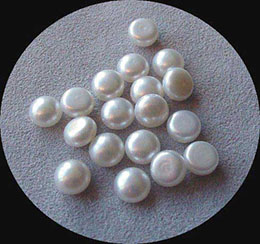
Coin Pearls: Flat and circular shaped pearl. Drop or Pear shaped Pearl: Typically egg shaped, top drilled. Keishi Pearls: A thin, very irregularly shaped pearl. Sometimes called a “cornflake” pearl.
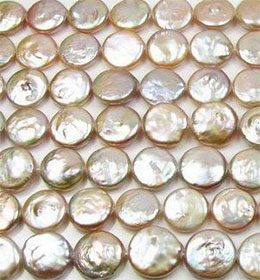
Mabe Pearls: A large pearl that is flat on one side and has a high dome on the other.
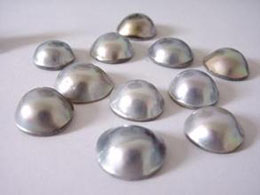
Odd Shaped Pearls: These are shapes that could never be formed naturally; stars shaped, rectangle shaped, flat teardrops, etc.
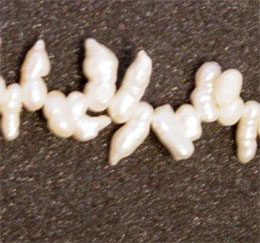
Potato Pearl: An oval pearl with the hole drilled through the short side.
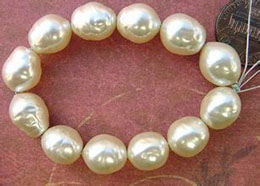
Rice Pearl: Typically small, rice shaped pearl with hole drilled through the long side.
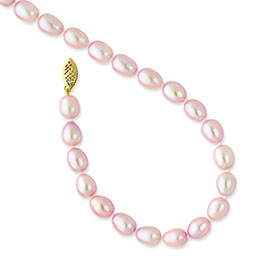
Ringed Pearls: Generally oval or round with rings wrapping around the circumference.
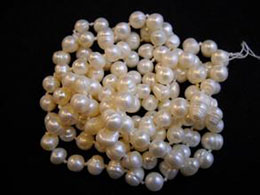
Round Pearls: A perfectly round pearl. These pearls, if in highest quality form, can be among the most expensive pearls in the world.
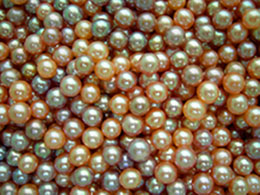
Nearly Round Pearls: This pearl is almost perfectly round. They are loved for the very organic beauty of near perfection.
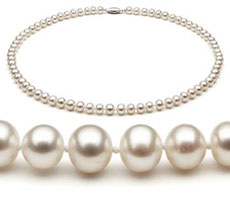

Comment (0)